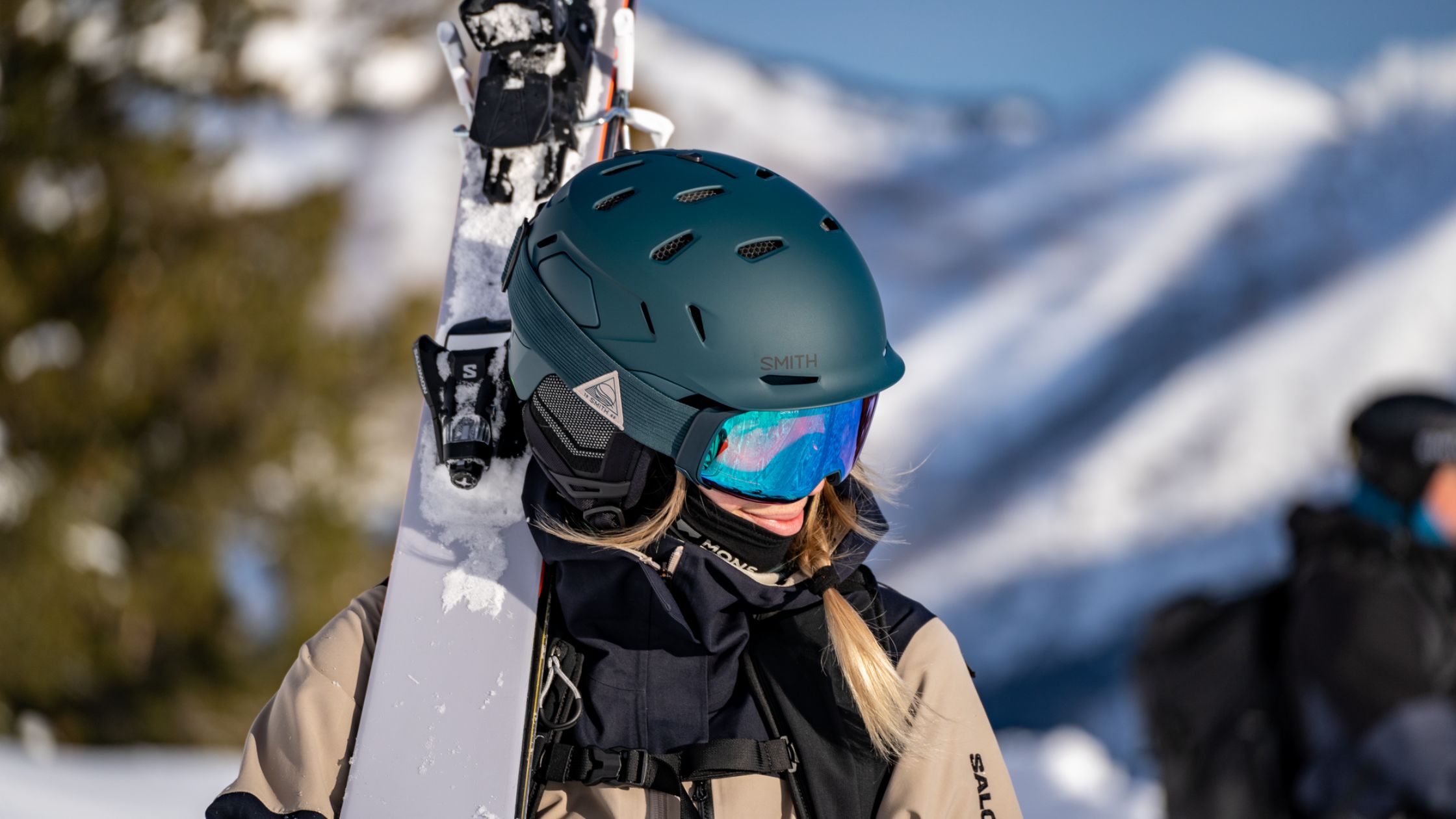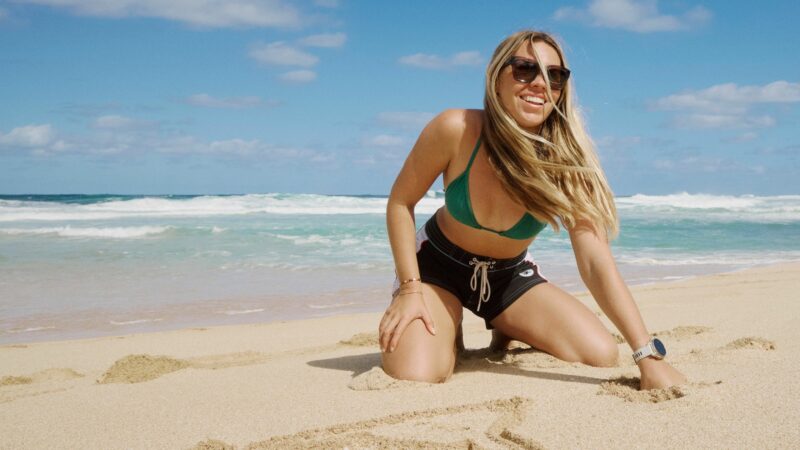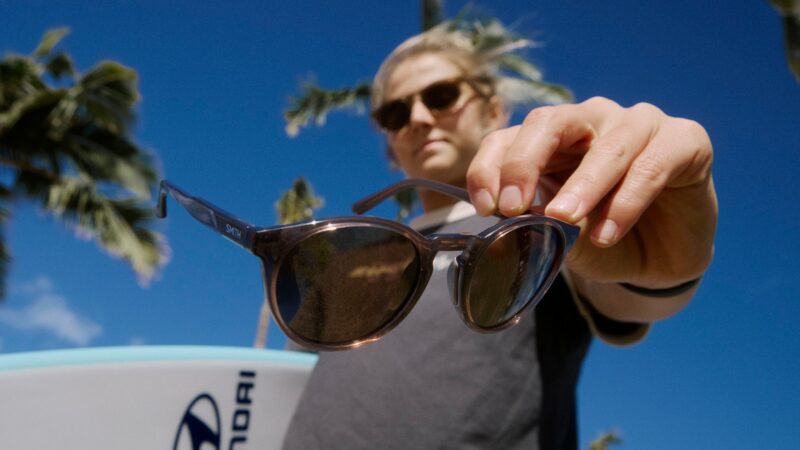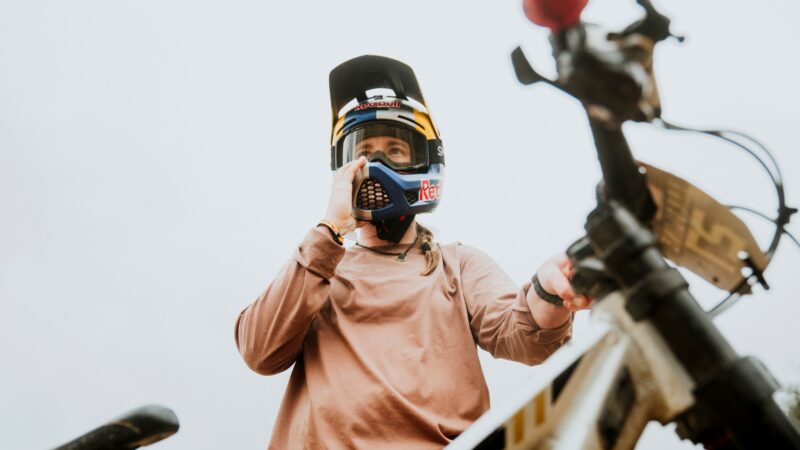Building Your Goggle Lens Toolkit
We haven’t invented a ski and snowboard goggle lens that is ideal for all weather conditions and all terrain (at least not yet) but we do have the next best thing, goggles with interchangeable lenses. Whether you’re using a pair of MAG goggles for quick lens changes, or our classic styles where lenses pop in and out, it’s great to have a lens toolkit you can reach for when the forecast switches it up or if you’re away from your home mountain.
Once you’ve found the right ski or snowboard goggle for you, ideally, you should have at least two lenses in your kit. This is something we believe is so essential, when you purchase a Smith goggle that has interchangeable lenses, it comes with two lenses— one for sunnier brighter weather, and one for stormier or low-light conditions. Which brighter light lens and lower light lens combo you get depends on the goggles you buy.

How Terrain Impacts Lens Choice
Mountain terrain can be generally broken down into two categories, alpine, where you’re in exposed terrain above the treeline, and glade, where you are below the treeline and the runs you’re on tend to have trees on either side. When skiing or snowboarding in alpine conditions you’ll generally want a darker lens with a lower VLT (Visible light transmission, aka how much light can get through the lens) because on sunny days you also have to contend with the light reflecting off of the snow since there isn’t any shade or shadows above the treeline.
For sunny high alpine conditions, look for a lens with “sun” in the title like the ChromaPop™ Sun Red Mirror Lens, or the ChromaPop™ Sun Platinum Mirror, while for sunny conditions in glade terrain you should look for a lens with “everyday” in the title like the ChromaPop™ Everyday Green Mirror Lens, or the ChromaPop™ Everyday Red Mirror because in that terrain isn’t as exposed and you don’t need quite as much sun protection, you’ll want a little more light to penetrate the lens, especially in shadier spots on the run.
Photochromic Lenses for Changing Conditions
Some days you’ll check the ski report or look at the weather and you won’t know what to bring. A great option for days on the mountain where the weather is variable is a photochromic lens. Photochromic lenses adjust the tint of your goggles automatically, filtering out more light when it’s bright and letting more in when clouds roll in so you don’t have to worry about switching out lenses before your lunch break.
The Best Lenses for Flat Light and Stormy Conditions
We love falling snow and clouds but they can also lead to one of our least favorite visibility conditions, flat light. Flat light occurs when clouds or overcast skies diffuse sunlight so that you can’t see the shadows cast by terrain features like bumps or ridges in the snow. You’ll want a storm lens like the ChromaPop™ Storm Yellow Flash, ChromaPop™ Storm Amber Lens, or the ChromaPop™ Storm Blue Sensor Mirror for flat light or stormy conditions.

The Best Lenses for Night Skiing/Snowboarding
Skiing or snowboarding at night is such a unique experience, and you’ll get the most out of it if you come prepared with the correct lens. If you want to use a storm lens for night skiing or snowboarding, we recommend the ChromaPop™ Storm Amber Lens as it lets in the most light of any of our storm lenses and provides great contrast. You could use one of our other storm lenses for night skiing as well but folks around the Smith office generally find them a little bit too dark to be ideal for evening conditions.
Slopes with options for skiing or riding in the evening often use stadium lights to help with visibility on the runs. Still, those stadium lights can also provide a pretty flat and uniform visual experience.
A clear lens is great for night skiing and snowboarding because it lets in the most amount of light possible, but a yellow or storm amber lens can help boost the contrast so you can see the terrain better while still letting in as much light as you can with a colored lens.
Still not sure which lens is right for you? Our goal is to help you spend less time looking at goggle lenses and more time on the mountain. If you have any other questions we can answer, don’t hesitate to reach out to our team of experts.



